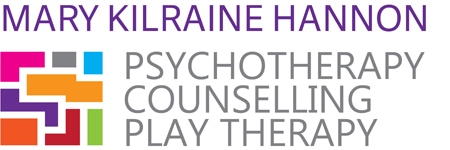GALWAY PLAY THERAPY …. What is it?
Galway Play therapy is a therapeutic approach to counselling for children from three years to twelve years. It is specifically aimed at helping children with emotional, social, and behavioural problems. Play therapists use children’s natural means of communication, play. This fosters a safe and accepting environment where children heal and grow. The very nature of therapy work with children is that it depends largely on action rather than words. This is how it differs from ‘talking therapy’ that adults use. A trained play therapist works as a facilitator with the child, by inviting the child to choose from a selected range of toys to play with in many of the ways they might like. Without being told how to play or in what way to play, slowly over time, as the child and therapist develops a relationship of trust, the child plays out their deepest fears, perhaps expressing themselves in metaphor, and action, and perhaps talk. The physical space of the playroom and the trusting relationship create a place for the child can bring all their hopes, fears, thoughts and behaviours, into the room.
How difficulties affect children from 3-12 years and older
There are many difficulties that can affect children, young people and their families, including:
• Anxiety & Worry
• Depression and Sadness
• Relationships in the Family
• Anger Management
• Confidence and Self Esteem
• Loss and Bereavement
• Changes in Family Structures
• Behavioural Difficulties
• School Concerns
• Physical Illness in the Family
• Divorce and Separation
• Communication and Social Skills
• Sex and Sexuality
• Parenting
The Goal of Galway Play Therapy
As well as relieving symptoms the goal of play therapy can be to build self- esteem and self-awareness, improve ways of expressing emotions, help improve communication, and to help improve relationships.
It helps children how to develop skills to cope with problems that sometimes occur in childhood and adolescence. It helps them cope with any difficulties, to identify and talk about their feelings and to explore ways of dealing with them.
Working collaboratively with children and their parents offering support and guidance through the challenges of childhood, adolescence and the changing life cycle

